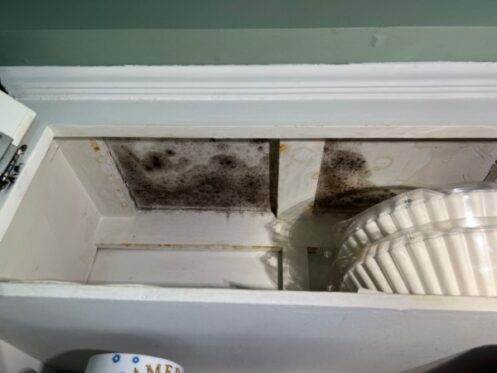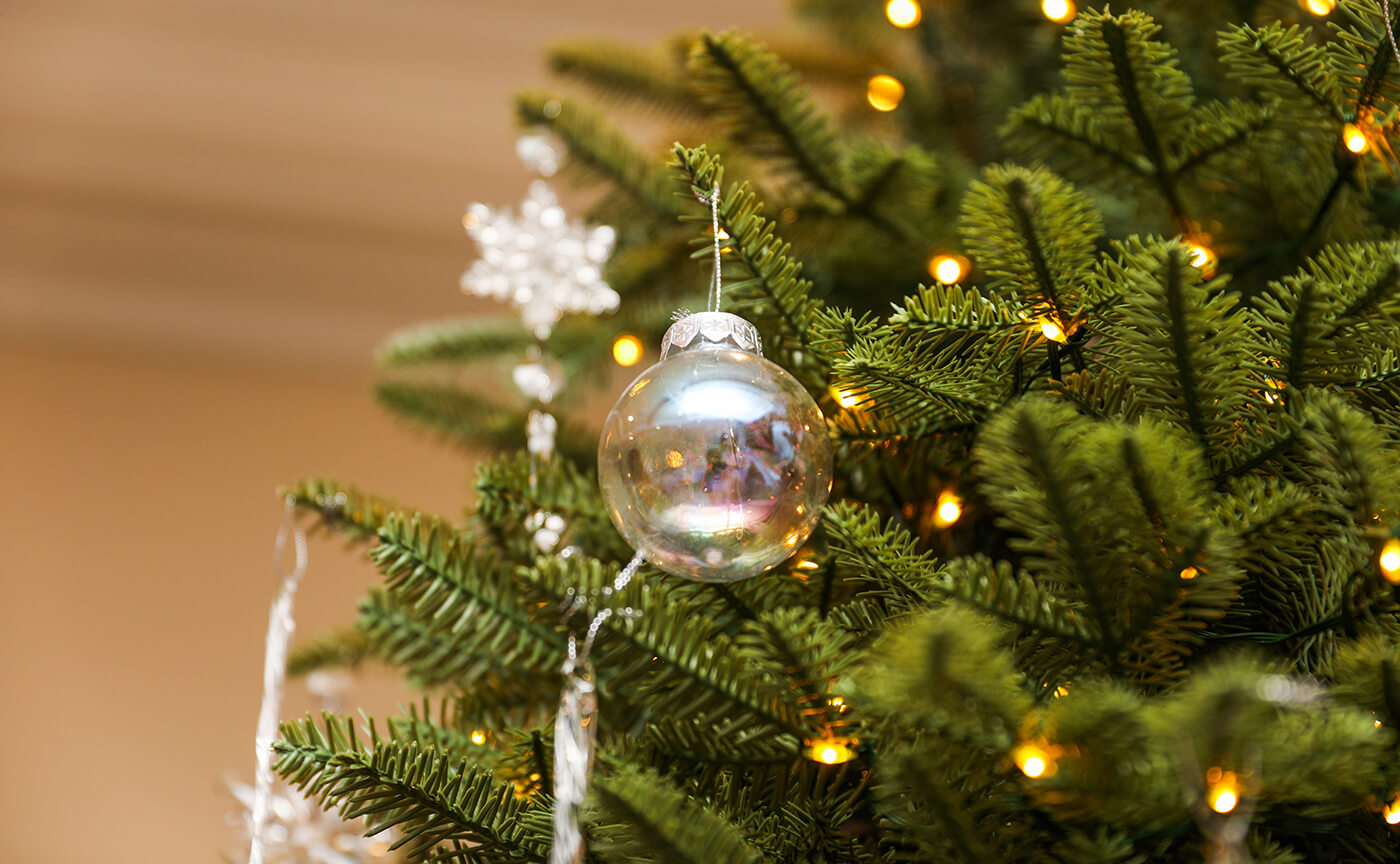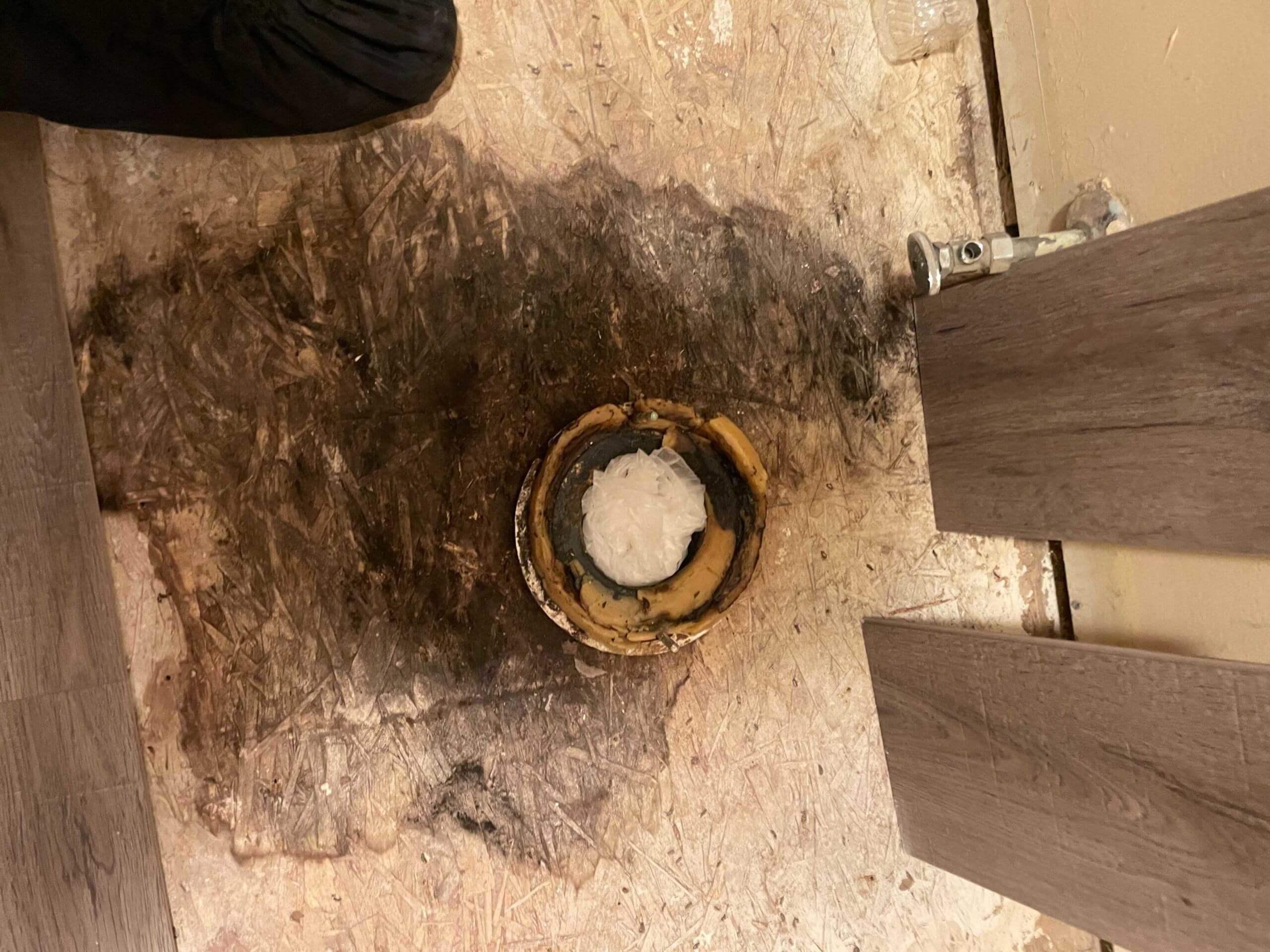Homeowners often overlook the importance of a healthy attic environment. People tend to be reactive instead of being proactive in attic mold prevention. Simply put, it’s out of sight, out of mind. Regular attic maintenance gets put on the back burner, creating an ideal breeding ground for mold.
At the heart of this problem lies moisture, a key catalyst for mold infestation. As mold spores mature, they can erode attic surfaces, jeopardizing structural integrity, including the roof and overall home stability. Recognizing the culprits of attic mold is crucial in preventing a minor issue from escalating into a major problem.
Poor Ventilation
Proper ventilation is crucial for preventing attic mold growth. Attics rely on a passive airflow system. Fresh air enters through the eave vents and cools the space by dissipating heat. This heat and moisture are then carried out of the attic through the ridge vent at the roof’s peak.
Heat and moisture accumulate without adequate ventilation, creating the ideal mold growth environment. With the right conditions, mold spores can thrive in this moisture-rich space, spreading mold. An efficient release of heat and moisture is essential to avoid these issues. Homeowners should proactively ensure their attics have good ventilation to keep them cool and dry.
Roof Leaks
A leaky roof can also cause mold growth. Water enters the attic through damaged shingles, flashing, or roofing problems. If the affected area contains mold spores, these spores can reactivate and grow into mold colonies when exposed to the added moisture. Over time, mold infestations can compromise the integrity of the attic and the overall structure of your home.
In winter, the issue intensifies with ice damming. This occurs when melting snow on the roof refreezes at the eaves, forming a barrier that prevents proper drainage. This ice barrier can trap water on the roof, leading to potential leaks and water infiltration into the attic. When the trapped water enters the attic, it creates a damp environment.
Improper Insulation
Improper insulation in attics can contribute to mold growth by creating conditions that encourage moisture accumulation. When inadequate or improperly installed, insulation can fail to provide a barrier against temperature variations, leading to condensation issues.
Improper insulation can result in uneven temperatures within the attic, promoting areas with excess moisture and contributing to mold development. In colder climates, warm indoor air can rise to the attic and meet the cold surfaces, causing condensation. Proper insulation is crucial to maintain consistent temperatures, prevent condensation, and reduce the risk of mold growth in attics.
High Humidity
Living in naturally humid environments increases the risk of mold growth, making it essential to exercise extra caution. The summer months, with high temperatures and humidity, create favorable conditions for attic mold growth. The elevated indoor humidity levels and outdoor temperatures during this season offer ample opportunities for mold spores to enter the attic and thrive.
As warm and humid air infiltrates the attic, it encounters cooler surfaces, leading to condensation and creating a damp environment. This moisture, coupled with the organic materials in attics, becomes an ideal breeding ground for mold.
Leaky Appliances
Air conditioners, water heaters, or HVAC systems in an attic can pose a potential risk for mold growth. Over time, these appliances may develop leaks, allowing water to escape. If these leaks go unnoticed or are not addressed, the water can seep into the attic, creating a damp environment conducive to mold growth.
Improperly installed units can also lead to leaks, allowing mold to flourish and compromise the integrity of your attic. Regular inspection, maintenance, and prompt repairs are essential to prevent attic mold issues.
Common Signs of Attic Mold
Musty Odor
A persistent musty is a common indicator of mold presence in the attic. Mold releases volatile organic compounds (VOCs), contributing to this distinctive odor.
Visible Mold Growth
Mold may appear as discolored patches on various surfaces, such as wood, insulation, or drywall. It can take on different colors, including black, green, or brown.
Water Stains
Stains on ceilings or walls indicate water infiltration, creating a favorable mold growth environment.
Peeling Paint or Wallpaper
Moisture-related issues can cause paint or wallpaper to peel or bubble.
Warped Wood
Excess moisture can lead to the warping or distortion of wooden structures in the attic.
How to Treat Attic Mold
A prompt response can make all the difference if your attic is already invaded by mold. DIY fixes can lead to serious harm, with potential risks ranging from electrocution on exposed wires to injuries from beams, nails, or falling through the ceiling. The best thing you can do is leave it to the professionals.
At Pur360, our mission is your comfort. Our team is ready to help you breathe easier and give you the peace of mind you deserve. We will remove your attic’s troublesome mold with our expert mold testing, remediation, and sanitation services. You’ll no longer need to worry about mold polluting the air in your home, potentially causing dangerous conditions. You can be confident your attic will be mold-free, creating a safer and more comfortable home.



